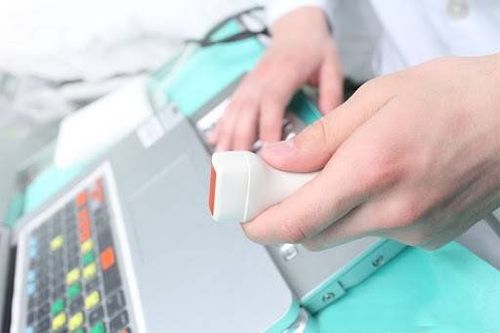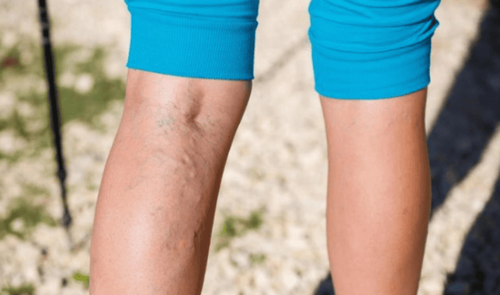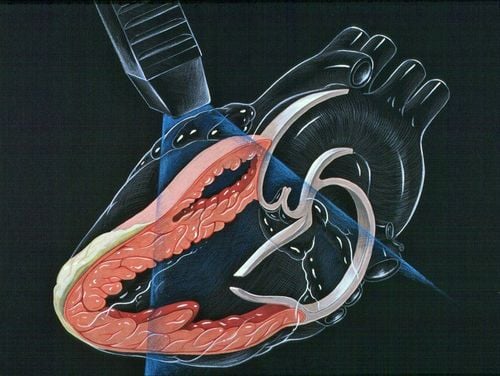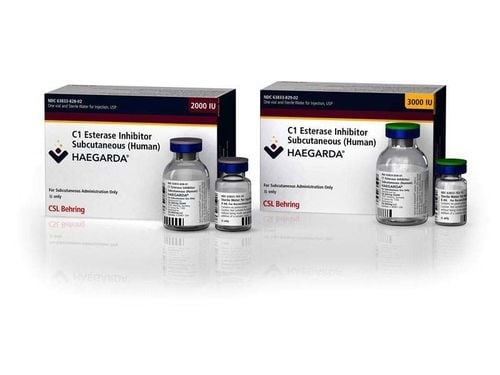This is an automatically translated article.
The article is professionally consulted with Master, Doctor Tong Diu Huong - Radiologist - Department of Diagnostic Imaging - Vinmec Nha Trang International General Hospital.Varicose veins in the legs cause many dangerous complications and the cost of treating this disease is often very expensive. Currently, the early detection of varicose veins by doppler vascular ultrasound will help patients reduce some pain as well as treatment costs.
1. Things to know about varicose veins of the legs
1.1. Causes of varicose veins in the legs
Varicose veins of the legs are a condition in which the blood return to the heart of the leg veins is reduced, causing blood stasis, leading to hemodynamic changes and deformation of surrounding tissue.Varicose veins in the legs cause health problems such as: Leg pain, leg swelling, paresthesia, cramps, eczema, foot ulcers that are difficult to heal, superficial varicose veins, deep vein thrombosis ..
Currently, varicose veins of the legs are quite common, of which 70% are female (1 in 3 female patients, 1 male patient). Varicose veins of the legs are not only a health problem but also have a serious social impact, because the treatment costs for this disease are quite expensive.
The cause of varicose veins in the legs is currently unknown. However, one possible risk factor for this condition is:
Hormonal changes in women, especially during menopause; Women who are pregnant or have been pregnant many times, the pressure caused by pregnancy is heavy on the legs; Specific jobs that have to stand still for a long time, for example: Salespeople, mechanics, teachers, cashiers... or jobs that have to carry heavy loads, causing a lot of blood to pool in two foot; Working for a long time in a humid environment or in the sun; People who are obese or have an unscientific diet, high in fat and low in fiber, vitamins...; The aging process, the older the person, the higher the risk of varicose veins.
1.2. Symptoms of varicose veins in the legs
Varicose veins in the legs have symptoms ranging from severe to mild. In the early stages, patients have symptoms such as: Leg pain, heavy legs, slight fatigue when standing for a long time, often cramps at night and feeling like ants crawling in the legs. To the severe stage, the patient will notice:Leg swelling in the ankles or feet; Changes in the color of the skin on the lower legs; Severe leg pain; Varicose veins appear clearly on the surface of the skin; Presence of superficial phlebitis; Bleeding from broken veins; Infection.
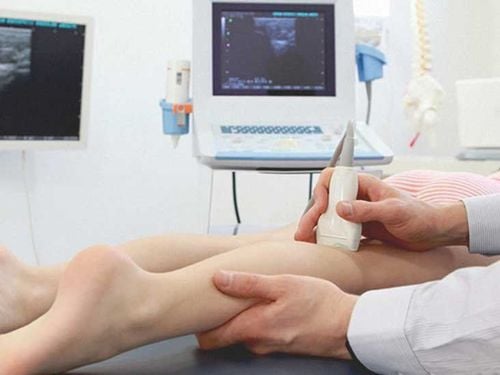
2. Diagnosis of varicose veins by doppler vascular ultrasound
To diagnose varicose veins in your legs, your doctor will perform a physical exam. This is the step of collecting information about the actual condition of the patient as well as observing external signs.After going through the clinical examination, realizing that there are signs of varicose veins, the doctor will assign the patient to perform doppler vascular ultrasound.
Doppler vascular ultrasound is a technique that uses the doppler effect to create moving images of blood vessels, thereby assessing the condition of blood vessels in the lower extremities and helping doctors accurately diagnose pathology.
Doppler vascular ultrasound diagnostic technique starts from deep venous system with the aim of finding thrombus or remnants of old thrombus as well as regurgitation flow if any. When performing ultrasound, the patient is instructed to lie on his back on the table to explore the iliac and femoral veins. Then, the patient will sit down and relax as much as possible to continue ultrasound the popliteal vein, deep vein in the leg.
For color doppler ultrasound of the superficial venous system, the patient will stand on a low platform, one leg supported and the ultrasound leg relaxed, turned to the outside. The doctor conducts a thorough ultrasound of each patient's lower extremity blood vessels, combined with the results of clinical examination to make a diagnosis as well as prescribe the most appropriate treatment method for the patient.
In summary, varicose veins of the lower extremities are a disease that causes many dangerous complications such as: thrombus formation in the blood vessels, pigment changes on the skin and necrotic ulcers in the skin. In order to help customers effectively screen for this disease, Vinmec International Hospital has a package of lower extremity varicose veins that helps determine the causes, complications and grade of varicose veins.
When choosing to use the Lower Extremity Varicose Vein Examination Package, customers will receive:
Cardiology Specialist Examination (with appointment); Total peripheral blood cell analysis (by laser counter); Glucose quantification; Quantification of Creatinine; Quantification of Pro Calcitonin; Measure AST activity (GOT); Measure ALT (GPT) activity; Quantification of LDL - C (Low density lipoprotein Cholesterol); Triglyceride quantification; Quantification of Cholesterol; Electrolyte (Na, K, Cl); Normal electrocardiogram; Echocardiography, transthoracic pericardium; Straight chest x-ray; Doppler ultrasound of the arteries and veins of the lower extremities (veins of the lower extremities).
Please dial HOTLINE for more information or register for an appointment HERE. Download MyVinmec app to make appointments faster and to manage your bookings easily.





